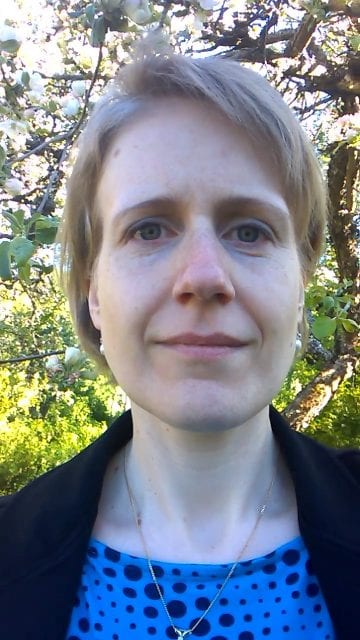Towards sustainability in manure and nutrient use

Minna Sarvi,
Research Scientist,
Natural Resources Institute Finland (Luke),
Finland
Manure, a valuable source for nutrients and organic matter, is currently an undervalued resource in agriculture. In the Baltic Sea Region (BSR), and at the EU level in general, manure represents the largest source for recyclable nitrogen (N) and phosphorus (P) and, if used efficiently, it could replace much of the current mineral fertilizer use.
However, manure is not regionally evenly distributed. In the BSR countries, there are both intensive livestock production areas where manure is produced over the regional P fertilization need, and crop production areas in need of P. The situation hinders efficient use of manure nutrients and causes increased risk for nutrient losses in areas of surplus nutrients. Losses happen also at farm level, if manure is not managed properly during housing, storage and spreading.
Currently, according to Helsinki Commission (HELCOM) about 47% of the total N load and 36% of the total P load to the Baltic Sea originate from diffuse sources, mainly from agriculture. To decrease the losses, measures for more sustainable manure and nutrient use in the BSR are needed both at farm and regional levels. Policy recommendations for such measures are drafted in SuMaNu project. SuMaNu is a project platform of four agro-environmental projects funded by Interreg Baltic Sea Region Programme and coordinated by Natural Resources Institute Finland (Luke). SuMaNu supports the development of a transnational Regional Nutrient Recycling Strategy and the update of the Baltic Sea Action Plan as part of HELCOM actions.
At the farm level, fertilization on field plots should be based on national crop-specific guidelines for economically and environmentally optimal fertilization rates. The guidelines should take account crop-specific N and P needs, nutrient status in soil and plant availability of P in the fertilizing product.
Currently, all coastal BSR countries as Contracting Parties in HELCOM have agreed to set maximal manure P use to 25 kg P/ha. However, not all countries have implemented the limit and there may not be any regulation at all for manure P use. Instead, manure is often applied according to its N content, leading to overfertilization with P.
Sufficient manure storage capacity should also be guaranteed to enable fertilization with manure only during spring and summer when crops take up nutrient efficiently. Autumn spreading should be allowed only for the establishment of winter crops. In addition, best available techniques both in manure storage and spreading should be put into practice.
Knowing the nutrient flows in a farm would help the farm to improve its nutrient use efficiency (e.g. fertilization). One tool for this could be annual calculation of farm-gate nutrient balance including e.g. sold and bought animals, bought feeds, crops, sold products (e.g. milk, eggs), purchased seeds and mineral fertilizers. Results would indicate potential needs for enhancing the nutrient use efficiency and possible nutrient surpluses to be exported to other farms or, in the case of regional P surplus, to other regions. Manure processing might be needed to reallocate manure P especially in the latter case.
A prerequisite for sustainable reallocation of manure nutrients between regions is information on regional nutrient needs of crops and the available biomass quantities and their characteristics. Again, reallocated nutrients should be applied to fields according to the crop need to avoid overfertilization and thus decrease nutrient losses to waterways. Thus, not only manure processing is needed, but also markets for manure-based recycled fertilizers should be created. Incentives both to produce and to use these products should be available, new practices should be demonstrated and knowledge transferred across the sectors.
Manure and manure-based fertilizers should also be hygienic and concentrations of contaminants must be on adequate level. To minimize the risks, co-processing of manure with sewage sludge is not advisable as sewage sludges contain more often and more diverse contaminants than manure. Unnecessary use of especially antibiotics in animal rearing, but also trace elements (e.g. copper, zinc, arsenic) in feeds, should be avoided to minimize the risk for antibiotic resistance and trace element accumulation to the soil. To ensure high quality manure-based fertilizers, EU regulation on fertilizing products (EU 2019/1009) should be obeyed throughout the EU as a minimum requirement for all manure-based fertilizers regardless whether or not they are intended to internal EU markets. It should also be investigated if the unnecessary use of pharmaceuticals, especially antibiotics, in animal rearing, could be regulated at the EU level.
All these measures together could decrease agricultural nutrient losses to the environment, maximize the fertilizer value of manure and help the agriculture in the BSR take an essential step towards improved sustainability and resource efficiency.
E-mail: minna.sarvi@luke.fi
Expert article 2900
> Back to Baltic Rim Economies 1/2021
To receive the Baltic Rim Economies review free of charge, you may register to the mailing list.
The review is published 4-6 times a year.
